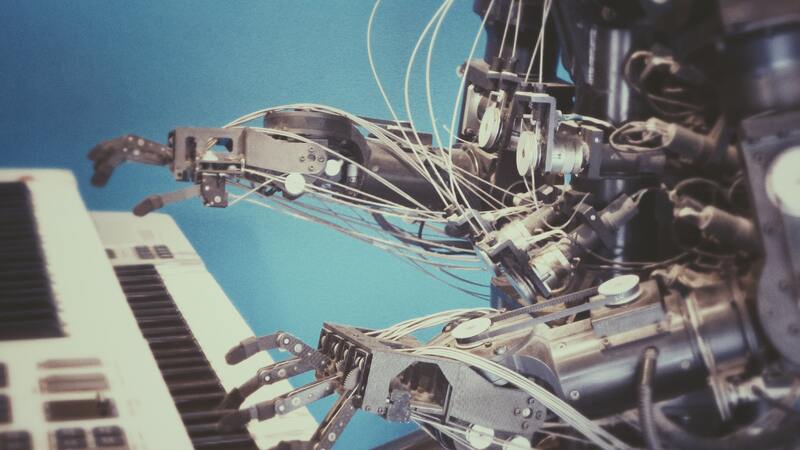Introduction
Organizations are juggling an ever-increasing number of digital applications and systems in the ever-evolving landscape of modern business. These diverse tools are crucial for operational efficiency but can also present challenges when integrating and coordinating their functions. Enter Rapid Digital Automation (RDA), a dynamic synergy of Robotic Process Automation (RPA), Business Process Automation (BPA), and Artificial Intelligence (AI). This blog will explore how RDA is the adhesive that binds together diverse applications within your organization, facilitating a streamlined and efficient workflow.
Understanding RDA: Rapid Digital Automation
Rapid Digital Automation (RDA) represents the fusion of multiple robust automation methodologies: Robotic Process Automation (RPA), Business Process Automation (BPA), and Artificial Intelligence (AI). RPA automates repetitive, rule-based tasks by deploying software robots (bots) that mimic human actions. At the same time, BPA focuses on optimizing end-to-end business processes by digitizing and orchestrating various tasks and activities, and AI enables tasks that require decision-making, pattern recognition, and learning from data. RDA takes the best of worlds, offering rapid and comprehensive automation solutions ideally suited for today's complex digital ecosystems.
How RDA Works
- Integration Prowess: RDA seamlessly connects and integrates diverse applications, regardless of whether they have compatible APIs. This adaptability is vital in situations where legacy systems coexist with modern software.
- Workflow Orchestration: RDA can orchestrate entire workflows, orchestrating the execution of tasks across multiple applications, systems, and departments. Data can flow smoothly and consistently across your organization's digital landscape.
- Data Exchange and Transformation: RDA can extract, transform, and load (ETL) data between different applications, ensuring that data remains accurate, consistent, and current across your organization's systems.
- Human-Machine Collaboration: RDA supports human-machine collaboration, allowing employees to focus on higher-value tasks while the automation handles routine, repetitive, and time-consuming activities.
Benefits of RDA in Application Integration
- Enhanced Efficiency: RDA automates tasks rapidly, significantly reducing processing times and boosting overall efficiency within your organization.
- Error Mitigation: By eliminating manual data entry and repetitive tasks, RDA minimizes the risk of human errors, enhancing data accuracy and compliance.
- Seamless Application Interaction: RDA ensures that applications communicate smoothly, enabling real-time data sharing and eliminating data silos.
- Cost Savings: Through task automation, RDA reduces the need for extensive manual labor, resulting in cost savings over time.
- Adaptability and Scalability: RDA can quickly adapt to changing business needs and scale to accommodate a growing volume of tasks and applications.
- Compliance and Auditing: RDA maintains meticulous logs of all automated activities, providing an audit trail for compliance purposes and facilitating in-depth reporting and analysis.
Use Cases for RDA in Application Integration
- Customer Support: RDA can integrate customer support systems, allowing for automated ticket routing, response generation, and case management.
- Supply Chain Management: In the supply chain, RDA can automate order processing, inventory management, and supplier communication, improving supply chain efficiency.
- Financial Operations: RDA can streamline financial operations by automating invoice processing, expense management, and financial reporting across various applications.
- Sales and Marketing: RDA can integrate CRM, marketing automation, and sales systems, enabling efficient lead management, campaign tracking, and sales forecasting.
- Human Resources: In HR, RDA can automate onboarding, payroll, benefits administration, and employee record management by connecting various HR systems.
Conclusion
Rapid Digital Automation (RDA) emerges as the indispensable glue that binds diverse applications within your organization's digital ecosystem. RDA rapidly transforms your organization's operations by integrating Robotic Process Automation (RPA) and Business Process Automation (BPA). It orchestrates workflows, enhances efficiency, reduces errors, and ultimately empowers your employees to focus on strategic, value-added tasks. As you embrace RDA, your organization is poised to harness the full potential of a seamlessly interconnected digital landscape, driving productivity and success to new heights.





